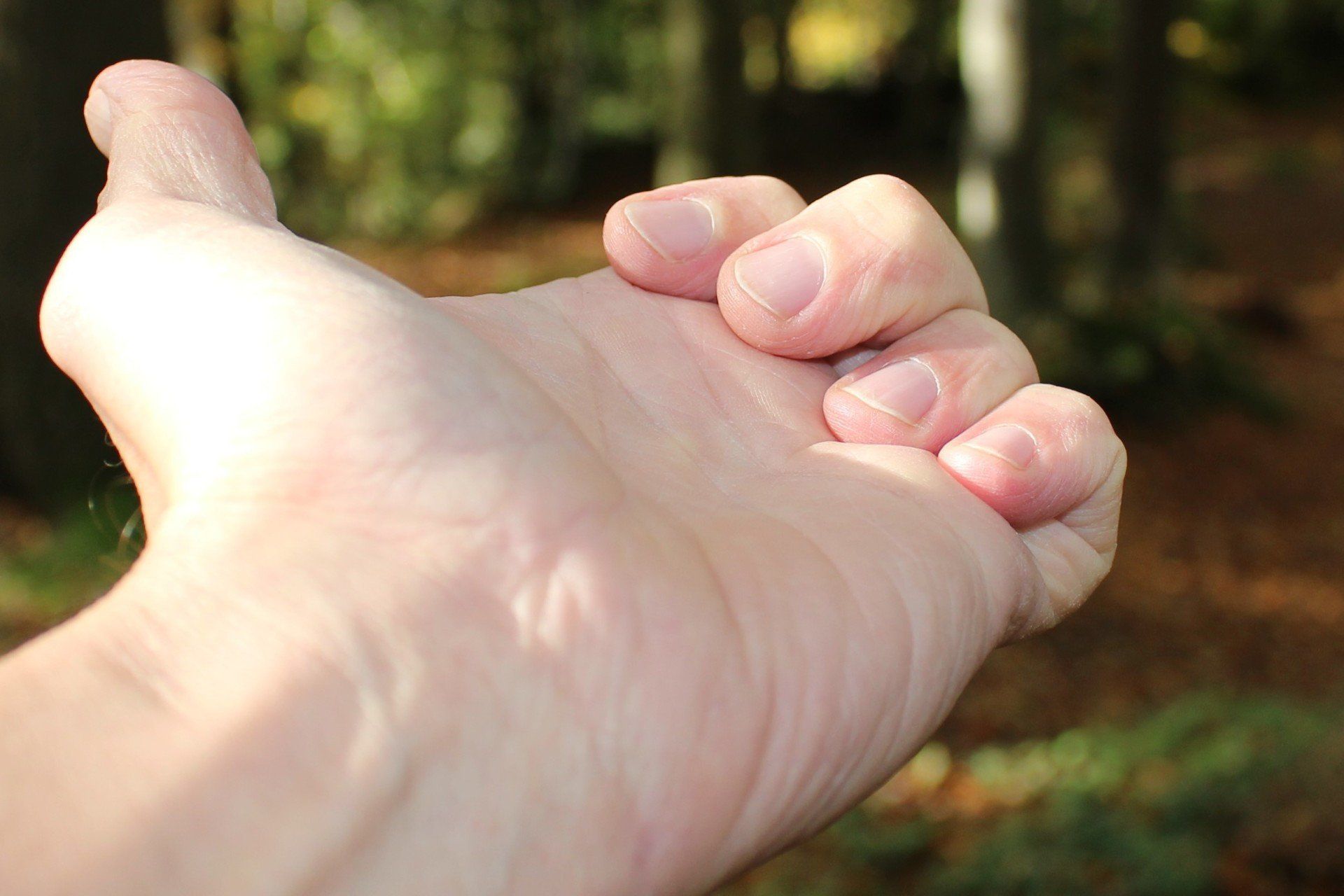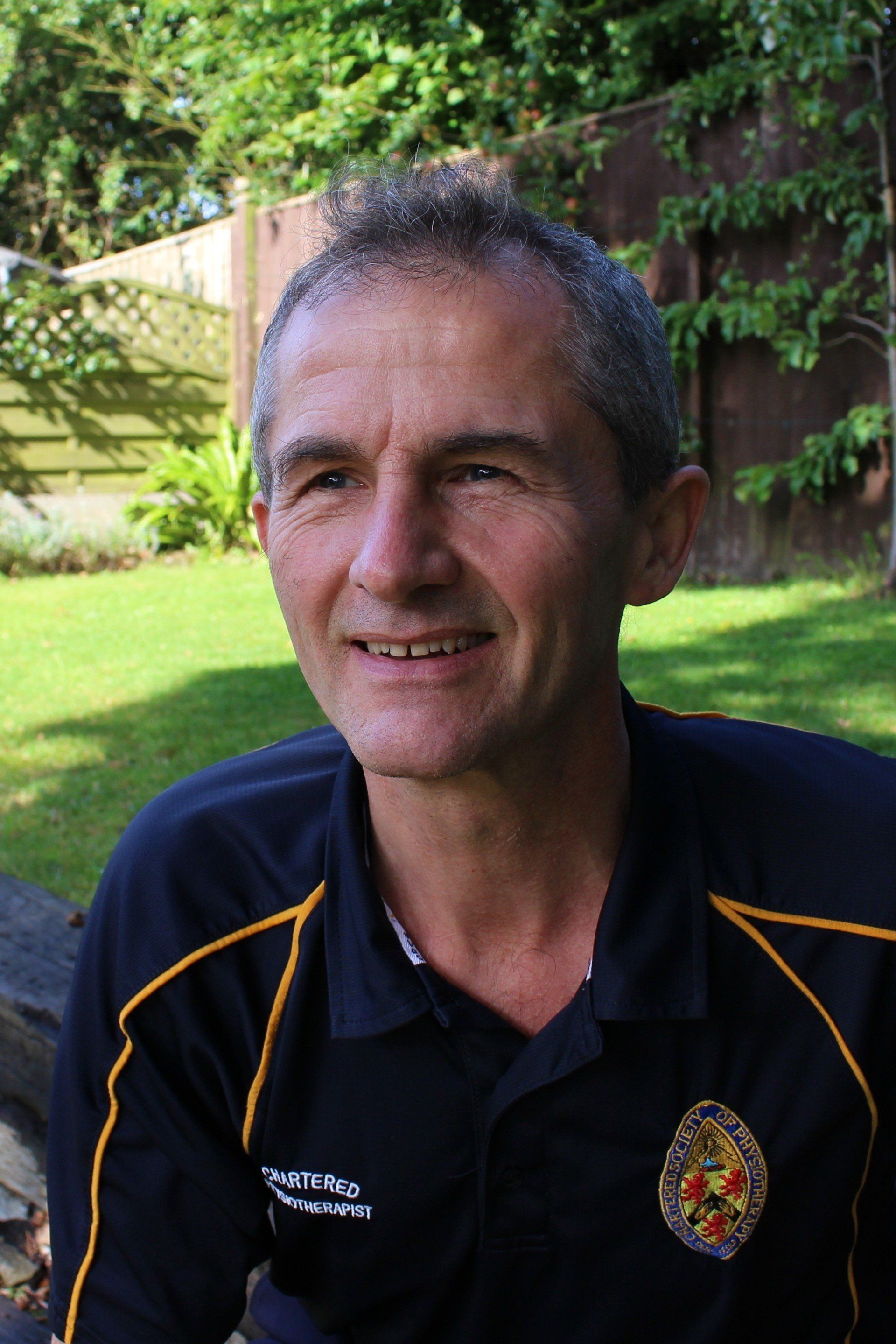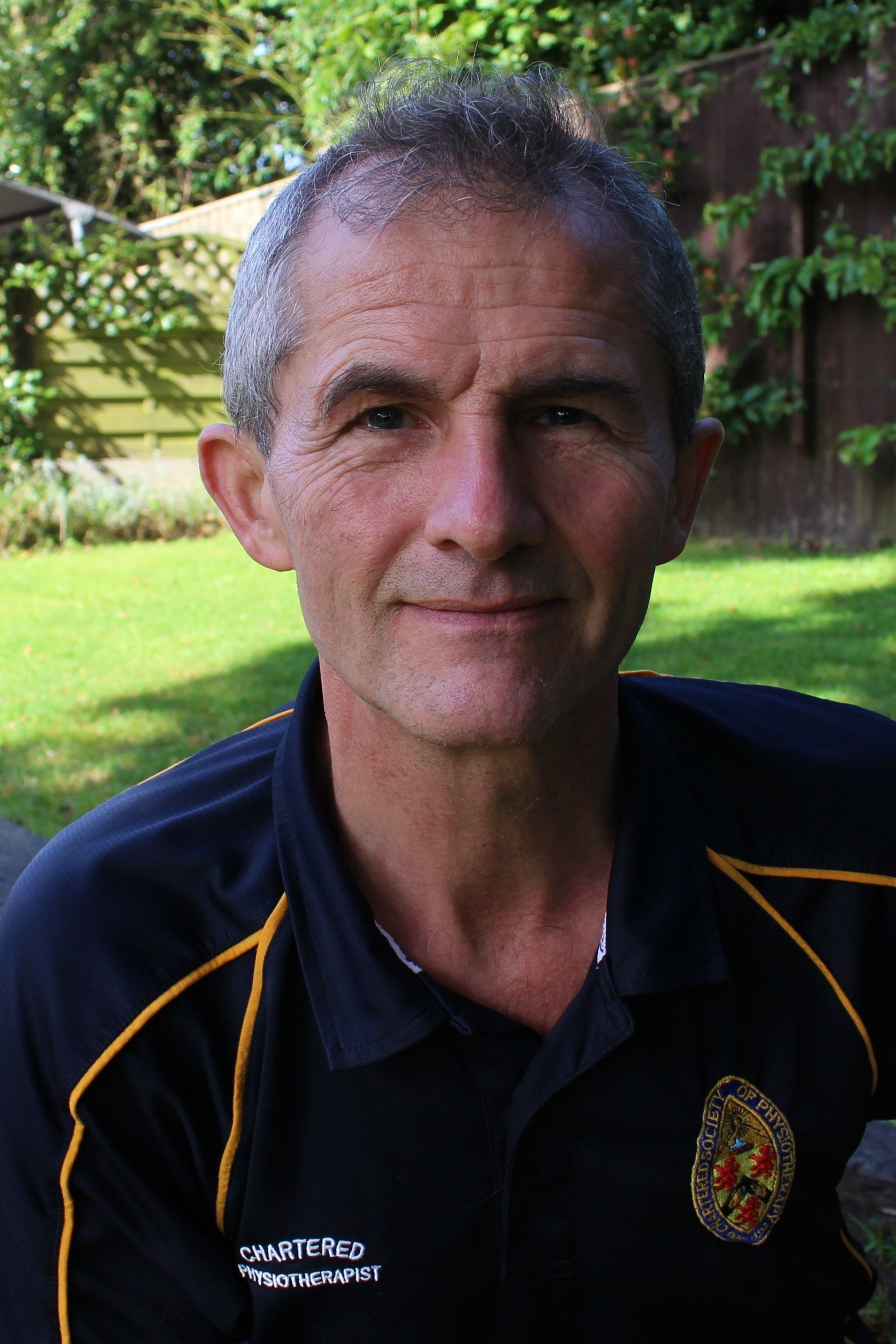Red Flags in Pain relief treatment.
This one way of treating long standing pain in people who've had a stroke.
Physio for Stroke, Head Injury, Parkinson's Disease, Spinal Cord Injury




After Stroke or Head Injury, everything changes. Not just for the survivor, but for family, and friends too.
Exercise,balance and walking training are all key elements after stroke, so we'll show you how to get started.
Take a tour and watch some of the videos. We're here to help. Ask reception to arrange a chat on 0800 9 020 191. ( 0800 means the call is free from any phone.) You can also use the ordinary 01803 640241 number if you prefer.





Q. It's been several months now since my stroke. We've been told that there is nothing more to be done. Is there anything that can help ?
A. The longest gap in our personal experience, from stroke to starting treatment is 6 years. This was in a most unusual case of a man who had had no early help at all to regain walking. It resulted in going from no walking to fully independent walking. Treatments change over time; we say that it's never too late to ask. We'll give you our honest opinion, even in the unlikely event that we can't help.
Q. I've been given a plastic moulded splint to support my ankle. It doesn't work that well, and although I can get around my walking is poor. Plus I still feel very unsafe some of the time. Can you help ?
A. There are four main kinds of splint; Number one, the common plastic type that is moulded over the back of the calf and under the foot, Numbers two and three: 2 new kinds carbon fibre spring splints, and Number four is the electronic muscle stimulation splint for foot-drop. If you have only tried one, then it can help to be re - assessed with some of the modern ones in mind. Just ask.
Q. I have heard of electrical muscle stimulation . Would this suit me ?
A. We started using electrical muscle stimulators in 1990, and have used a wide variety of the equipment available, from the simple and very inexpensive Auvon EMS, The Neurotrac Rehab range and right up to the Bioness H200, and the Ottobock L300 Go and L300 Go Plus.
We also have had good experiences with the Walkaide XFT foot drop electrical muscle stimulator. The Walkaide is newer to the market and is a lot simpler to set up. It's not so sophisticated as the L300 so is a lot less expensive, but it works very well with most people. Ask us about a trial.
Every year we attend the European Neuro Convention, where the latest developments are available on display and to test.
Q. What are the best home exercises to do after stroke ?
A. There are a plenty of good ideas here on this site and we are working hard to create more videos for a YouTube channel. In the end, some of the best exercises are ones you can actually do on your own. Even better we think are ones that you make up for your self. We love it when going back for a follow up, to be asked " what do you think of this exercise that I have been trying ? " The answer will almost certainly be that it's great.
Any exercise you do will benefit from refining, whoever you are. Even the best movers in the world, like football stars and tennis geniuses have coaches. One of the hardest things is having the confidence to start off without too much fear of making a mistake. In modern Psychology, this is called the Ego Trap, and is
THE
root cause of procrastination (whether you have had a stroke or not.)
Mostly, making mistakes is really the process by which we all learn. Speaking of my own physiotherapy experience, the more experience I have the more open I become, to saying that I make mistakes in work all the time. That's to say I try treatment approaches that DON'T work for an individual. If it's not working the trick is not to pursue it , and the " mistake " is spotted and rectified so quickly that my patients don't usually even notice. Meanwhile, we have moved along to a method that is more promising.
One thing you can be sure of if you work with me, is that you have been exposed to a wide range of methods, and each one has quickly been evaluated for it's usefulness for you.
In the past, people were given lists, with drawings, of exercises to follow. It was difficult to do home work this way, so most often now we make a custom video of your home exercises, so you can follow and judge your progress. This works really well if you have a computer or a modern television in your house, and we make your custom films so that they can appear on your own screen. Technology !
Q. Do you follow W.H.O. guidelines at S.H.I.P.S. Physio?
A. All the work we do is within WHO guidelines. They are a bit like the rules in a football match. The rules don't change that often, but every game is different. In this way people get the individual attention and programmes that they need.
Q. I am worried about costs for private health care. How much does stroke rehabilitation cost ?
A. It varies considerably. Individual treatment sessions with an experienced physiotherapist, especially when the appointments are at your own home are going to be charged at around £110 for an hour, from small private firms like mine. The corporate providers are usually charging more like £160 per hour.
In the end it's a personal choice. The corporate providers do have access to technology resources that small firms like mine don't. My belief is that the best progress comes from the exercises themselves, so helping people to do that is the most important thing. It's also overwhelmingly what the evidence says.
I help people work within their budget. If the budget is small, which means under £1,000 in a year, there is an even greater emphasis on your own independent work at the programme. Some people need more help. I will tell you what I think you need on day one.
Q. What is a stroke rehabilitation centre, and do I need to go to one ?
A. In my experience, if a survivor of stroke can live at home, maybe with substantial care packages, then they do better in the long run. At S.H.I.P.S. Physio, I also provide people with intensive packages, just carried out at home.
The key element to this approach is helping people towards independence. I do this, not least with the help of video. During an intensive, we record much of the work and make the films appear on your own television. Just like a DVD or videotape. You can use these to guide your increasingly independent activity.
Q. How long does stroke rehabilitation or physiotherapy last ?
A. It's rare that I work alongside an individual for less than a year. Sometimes I stay involved for 3 years or even more. I think this is related to the question " Can I still improve, even though it's been a couple of years (or even more) since the stroke." The answer to that one is simply yes. It only depends on the approach that you are working on.
Q. What, exactly does stroke physiotherapy involve ?
A. Balance training, walking retraining, and strength speed and stamina training are the mainstays of treatment. Technology can help, as can exercise equipment. I use electrical muscle stimulation, TENS machines, mirror therapy, acupuncture and stroke rehabilitation gloves.
Sports equipment that people have used before, like golf clubs, tennis racquets, snooker cues, footballs, rugby balls and swimming pools or hydrotherapy pools can be very helpful. These help survivors use what's often referred to as muscle memory.
Q. Would an exoskeleton help me after stroke ?
A. This is fairly new technology, but if it's going to help you we'll discuss it individually. You will need a guide with this as there are costs involved. Anything from £1,000 to £100,000 so getting it right is key. Just ask.
?
’The Chartered Society of Physiotherapy is the professional, educational and trade union body for the UK’s 62,000 chartered physiotherapists, physiotherapy students and associates’
New Paragraph